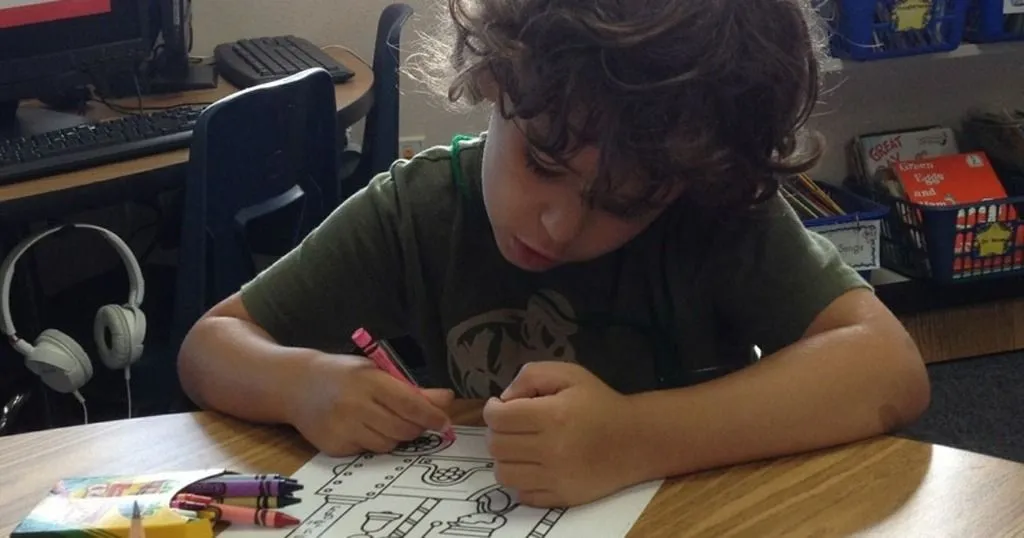The role of parent-child interaction on child development
When children face cognitive and motor delays, they are often unable to reach developmental milestones at the expected times. Does this influence the interactive behaviors of parents and children?
Posted by
Published on
Thu 27 Feb. 2020
Topics
| Child | Child Development | Coding Behavior | Parent-child Interaction | Parent-infant Dyads | The Observer XT | Video Observation | Infants |

As a child grows up, each parent looks forward to the milestones that their child will reach. Some of these milestones are keeping his/her head up high and steady, sitting upright without tumbling down, taking the first independent steps, saying the first intelligible words, responding to others, cycling without training wheels, and going to school.
However, when children face cognitive and motor delays, they are often unable to reach the developmental milestones at the expected times. Delays that occur in gross or fine motor skills, language, social, emotional, or cognitive skills can cause learning difficulties, or problems in communicating and playing with others. Children with these type of difficulties seem clumsy or have trouble walking, or holding onto small objects such as toys.
The earliest possible detection of developmental delays can be helpful in minimizing the impact these hiccups can have on a child’s skill development and subsequently their confidence.
FREE WHITE PAPER: Parent-child interaction
This free white paper informs you how on to facilitate a parent-child study and how to set up your experiment.
- Perform tests in a lab or in-home
- Collect data with video
- Design a coding scheme
Parents play a crucial role in child development
When it comes to a child’s general development, parents, or those who serve the parenting role in the child’s life, are the most influential. A parent provides encouragement, support, and access to activities that enable the child to learn key developmental skills. A child learns throughout interactions, whether or not these are consciously aimed at encouraging child development.
Van keer and her colleagues conducted a study to be able to characterize (the perception of) interactive behavior of both parents and children within this target group. The researchers applied a molecular approach in which specific interactive behaviors are registered within very small time segments (i.e. micro-level coding).
The research team determined three questions that they wanted to answer in this study:
- Frequency | which types of interactive behaviors are frequently shown by parents and children and which are not?
- Co-occurrence | which types of interactive behaviors co-occur across participants?
- Temporal dependency | which types of child interactive behaviors are temporally dependent on which types of parental interactive behaviors, and vice versa?
Using a coding scheme to mark parent-child interaction
A group of 29 parent-child dyads participated in the study. The children were between six months and four years old and had both a cognitive and a motor delay.
Recordings of the dyads took place during a 15-minute unstructured play situation (either at home or at the familiar day care facility of the child). Parents received instructions to engage with the child as they would normally do and to play with toys the children were familiar with. Two cameras were used, each directed at one interaction partner.
A self-developed coding scheme for ten interactive behaviors, such as looking, facial expression (e.g. smiling, crying, looking angry), touch, movement (e.g. pulling away, moving closer), object-related behavior (e.g. touching or taking a toy, biting on an object), gesture (e.g. waving, nodding), and vocalization of both parents and children was made. Coding was performed continuously, using The Observer XT with a time label that is accurate to the millisecond. Each code was rated as ‘present’ (1) or ‘absent’ (0) for each 1-second interval.
FREE TRIAL: Try The Observer XT yourself!
Request a free trial and see for yourself how easy behavioral research can be!
- Work faster
- Reduce costs
- Get better data
Frequency of interactive behaviors
Both parents and children frequently showed the behaviors looking, vocalization, and movements, although the children showed these behaviors strikingly less. Parents showed facial expressions as well as object-related behavior somewhat more often than the children did.
An obvious difference occurred in relation to touching behavior, which was more frequent in parents than children, who barely showed this behavior.
Children need parental triggers
Parents seem to look, touch, move, manipulate objects, vocalize, and show a facial expression at the same time on a regular basis. Even though the combined use of different behavior(s) is difficult for children with multiple disabilities, this study showed that these children do (to some extent) combine different types of behavior in interaction with their parents.
The researchers discovered, for example, that children combine facial expressions with vocalizations. However, they did seemed to need a parental ‘trigger’ for showing this behavior, while parents more often socially engaged with their child on their own initiative.
Stimulating interactive behaviors in children
The researchers conclude that combining several social behaviors is more effective than showing singular behavior in evoking the child’s looking behavior. They think it would also be interesting to investigate if combining object-oriented behaviors and socially-oriented behaviors by parents, can increase children’s responsiveness to objects. The outcomes can then be translated into concrete guidelines for parents.
References
Van keer, I.; Ceulemans, E.; Bodner, N.; Vandesande, S.; Van Leeuwen, K. & Maes, B. (2019). Parent-child interaction: A micro-level sequential approach in children with a significant cognitive and motor developmental delay. Research in Developmental Disabilities, 85, 172-186. https://doi.org/10.1016/j.ridd.2018.11.008
https://childdevelopment.com.au/areas-of-concern/what-is-child-development/
Related Posts

Direct observations help develop effective interventions in adolescence

A coding scheme to capture interactive behaviors during triadic consultations
